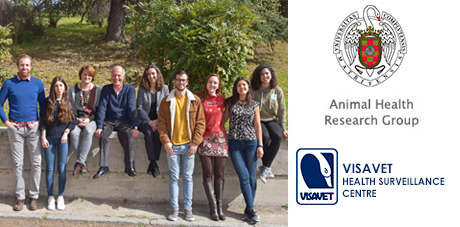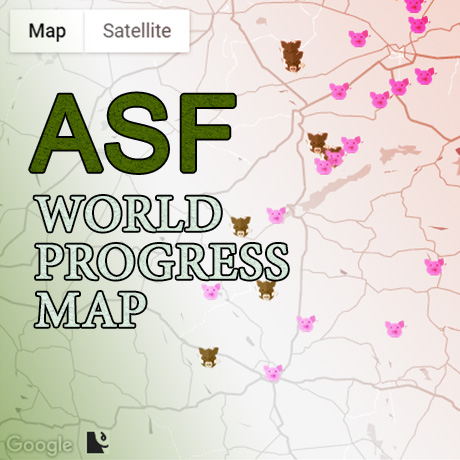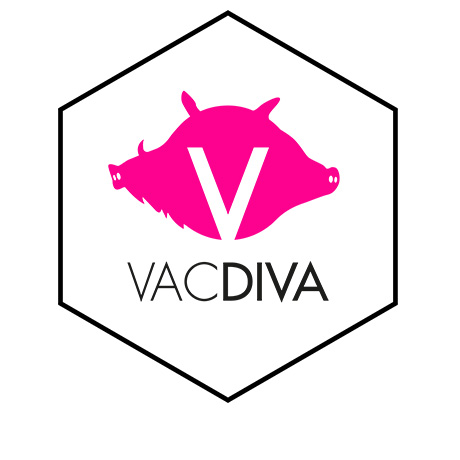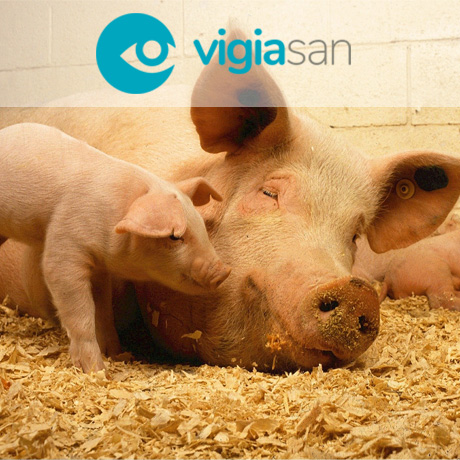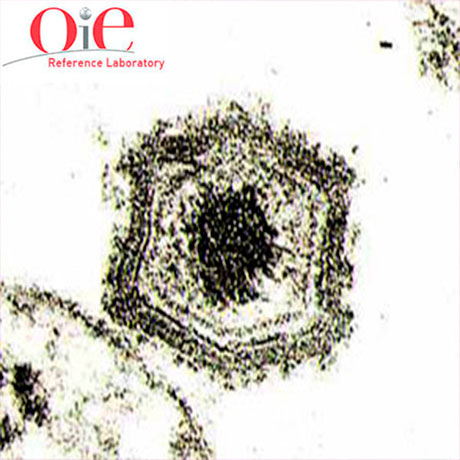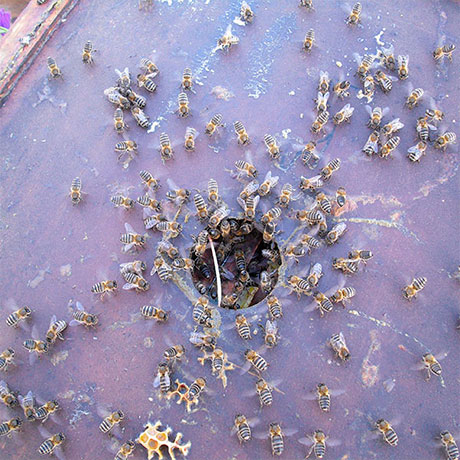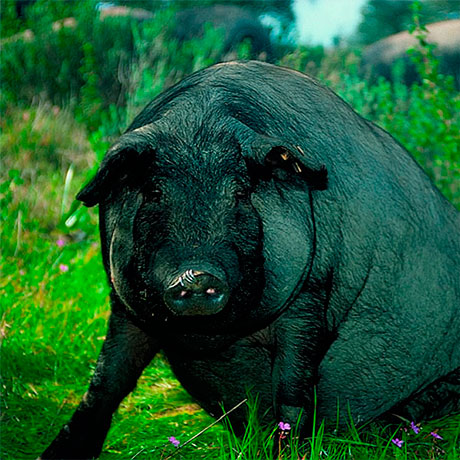ASF continues without control in the Moscow
11/6/2012
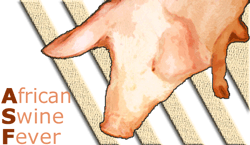
African swine fever continues causing problems in the Tver region, located on the north of the Russian capital, Moscow. The first outbreaks in this region appeared in May 2011, with the involvement of 127 domestic pigs. Successive outbreaks occurred affecting both domestic and wild population of the area (in June, July and November 2011). This fact was identified as a signal of danger evolution of the disease, implying the existence of viral circulation in the area, and therefore an increased risk of dissemination and maintenance of ASF in the area.
These predictions have been recently confirmed with the detection of an infected boar in Lihoslavlsky area during the month of June of this year, revealing that the virus has remaines in the area during these months. This area, located in the Tver region, has not reported outbreaks before, so the alarms have started on the Russian Veterinary Services, to the insufficient knowledge of the extent of the problem. These Services has begun a program to prevent spread and eradication of ASF in the area, including the census of all animals in the region.
On the other hand, unofficial sources have reported the presence of several outbreaks in the Tula region, at the south of the capital. In fact, this area it has been considered by the Federal Veterinary Service (Rosselkhoznadzor) as the current hot spot of the disease in the country. Waiting for official notification to the OIE confirming these outbreaks this fact, the truth is that the spread and persistence of the disease in this region, where the pig population is much higher than many regions in the country, could mean significant economic losses, and further complications for the control of the disease.
The dissemination and persistence of ASF in these two regions is a step in the progressive approach of the disease to the northwest and therefore to the borders of neighboring countries such as Ukraine and Belarus and neighboring countries of the EU.
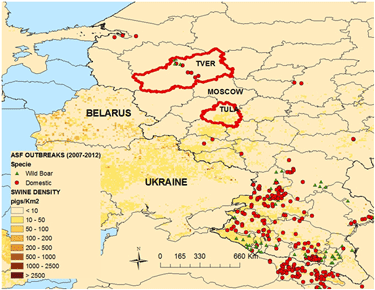
Fig.: ASF outbreaks from 2007 to 2012 (20 June) with swine density in the world.
(Source: own elaboration with data from OIE, 2012 and Glipha, 2000).
Sources: African Swine Fever outbreaks continue near Moscow (Pig progress News). Clarification of the ASF Virus in the Tver Region (Rosselkhoznadzor / Press about us)
Lina Mur Gil & José Manuel Sánchez-Vizcaíno
SUAT-UCM
Denmark Outbreak of Schmallenberg disease
11/6/2012
Denmark declares the first outbreak of the Schmallenberg disease.
The first season of occurrence of the Schmallenberg disease (SBD) is coming to an end. In fact, on June 1, the eight affected countries declared the resolution of the nearly 3,500 outbreaks suffered from December 2011 to May 2012 in sheep, cattle and goats (Figure 1).
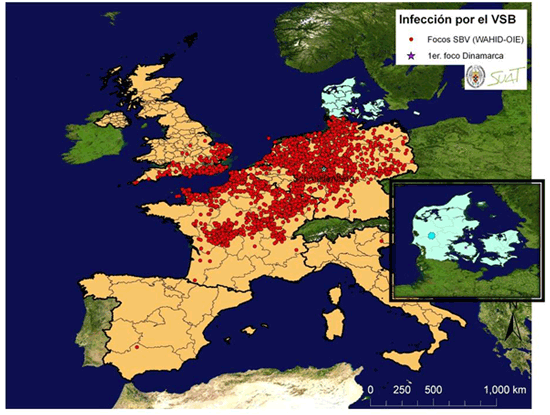
Fig. 1: Number of outbreaks of Schmallenberg disease in the eight European countries affected until June 11th, 2012 (Source: self elaboration based on data in WAHID-OIE). In detail, the purple star denotes the first Schmallenberg disease outbreak in cattle in Fyn (Denmark); the blue cross indicates the first seropositive animals in Jutland.
However, on June 6, Denmark declared the first case of SBD on the island of Funen (Figure 1, detail). This case appeared in a cattle holding in Fyn, where a fetus born with compatible malformations appeared, and the virus could be detected by PCR. No symptoms in adult animals were detected in the holding during autumn 2011, but the mother presented antibodies against the virus.
Although this is the first confirmed case in Denmark, a total of 56 animals have come to study as compatible cases, but only this one has tested positive to the PCR. In addition, a few weeks before antibodies were detected in two cattle from a farm in Jutland (Figure 1, detail). Furthermore, the virus was detected in pools of Culicoides midges (unspecified species) collected in October 2011.
All these evidences suggest that, like the serotype 8 bluetongue virus, the Schmallenberg virus has been circulating over Europe up to quite northern latitudes. Further studies are needed to understand how this pathogen is transmitted.
Source: http://www.flutrackers.com/forum/
Víctor Rodríguez Prieto & José Manuel Sánchez-Vizcaíno
SUAT-UCM
Section of sanidadnimal.info dedicated to Schmallenberg virus (SBV)
Ana Cristina Pérez de Diego PhD Thesis

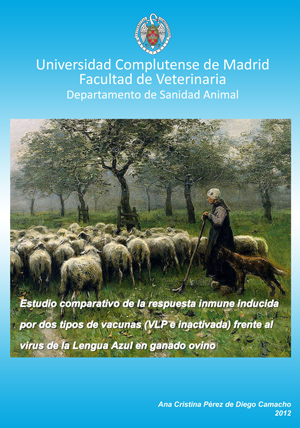 Next 8th of June, Ana Cristina Pérez de Diego Camacho will defend her PhD Thesis: "Comparative study of the immune response induced by two types of vaccines (inactivated VLP) against Bluetongue virus in sheep” directed by Prof. José Manuel Sánchez-Vizcaíno & Dr. Pedro J. Sánchez-Cordón.
Next 8th of June, Ana Cristina Pérez de Diego Camacho will defend her PhD Thesis: "Comparative study of the immune response induced by two types of vaccines (inactivated VLP) against Bluetongue virus in sheep” directed by Prof. José Manuel Sánchez-Vizcaíno & Dr. Pedro J. Sánchez-Cordón.
Assembly hall, Faculty of Veterinary Medicine (UCM)
12:00pm - 8/6/2012
Conference on emerging & reemerging infectious diseases
 The Official College of Veterinarians of Huelva organizes this Conference on emerging & reemerging infectious diseases in animal health & public health on Tuesday 5th of June.
The Official College of Veterinarians of Huelva organizes this Conference on emerging & reemerging infectious diseases in animal health & public health on Tuesday 5th of June.
Location: Hall of the College of Veterinarians of Huelva.
Date: 5/6/2012
Program
III Goat National Forum
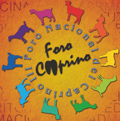 Forum in Antquera under the theme "Joining forces to build the future" on 31 May and 1 June. You can consult the program through its website.
Forum in Antquera under the theme "Joining forces to build the future" on 31 May and 1 June. You can consult the program through its website.
National Ovine Forum
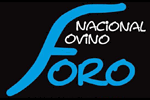 From May 22nd to 24th in Aranda del Duero. Victor Rodríguez Prieto from SUAT group talk about "Emerging diseases in ovine: blue tongue & Schmallenberg virus".
From May 22nd to 24th in Aranda del Duero. Victor Rodríguez Prieto from SUAT group talk about "Emerging diseases in ovine: blue tongue & Schmallenberg virus".



